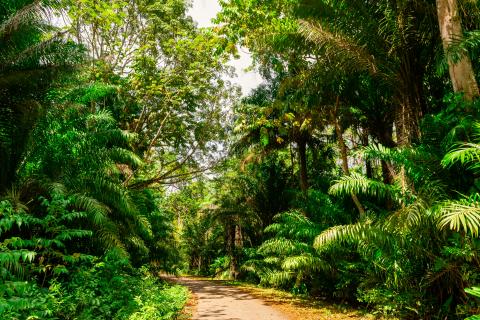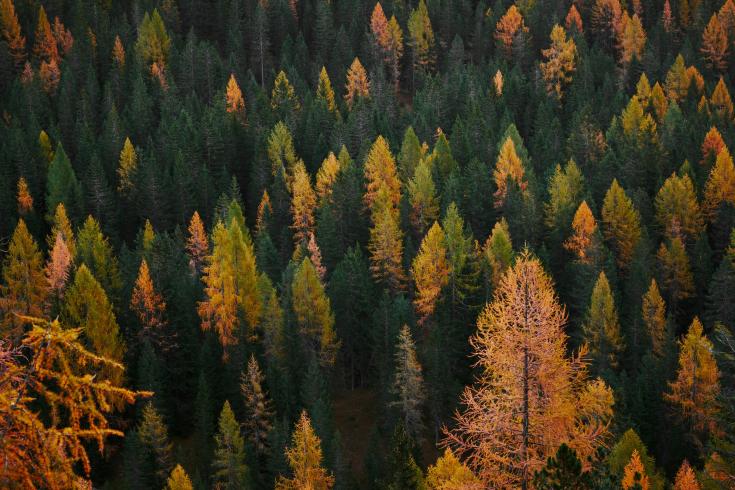"The Tale of the World's Forests"
Imagine standing in the middle of a vast forest. The trees tower above, their leaves forming a lush green canopy. The air is fresh, filled with the scent of earth and leaves. Birds sing, and the gentle rustle of leaves creates a soothing symphony. This is the magic of forests, the lungs of our planet.
A Journey Through the Largest Forests
Our journey begins in South America, in the heart of the Amazon Rainforest. Stretching over 5.5 million square kilometers, it is often called the "lungs of the Earth." Here, countless species of plants and animals live, many of which are found nowhere else on the planet. The Amazon produces about 20% of the world's oxygen and stores vast amounts of carbon, helping to mitigate climate change.

Next, we travel to Central Africa, where the Congo Basin awaits. Covering 3.7 million square kilometers, this forest is second only to the Amazon in size. The Congo Basin is a treasure trove of biodiversity. Elephants, gorillas, and countless bird species make their homes here. The forest also plays a crucial role in regulating the regional climate and water cycles.
Our journey doesn't stop here. We head north to the Taiga, the world's largest terrestrial biome. Spanning across Canada, Europe, and Russia, the Taiga, or boreal forest, is a land of conifers. Pine, spruce, and fir trees dominate this landscape, which covers vast stretches of the northern hemisphere. Despite its cold climate, the Taiga is a significant carbon sink, absorbing large amounts of carbon dioxide.
The Gifts of the Forests
Forests are more than just trees. They are vital for life on Earth. One of their most important roles is oxygen production. Forests generate about 28% of the world's oxygen, making every breath we take possible. They also play a crucial role in carbon storage. Trees absorb carbon dioxide, helping to reduce the impact of climate change.
Forests are home to 80% of the world's terrestrial species. They provide habitat for countless animals and plants, many of which are still undiscovered. This biodiversity is not just important for the ecosystem; it also has potential benefits for medicine and science.

Water cycle regulation is another critical function of forests. Trees help maintain groundwater levels and ensure the stability of local climates. Forests also offer numerous economic resources. Timber, fruits, nuts, and medicinal plants are just a few of the products we derive from them.
The Struggles of the Forests
Climate change poses another significant challenge. Altered rainfall patterns and rising temperatures affect forest health and regeneration. Forest fires, becoming more frequent and intense, devastate large areas annually. These fires not only destroy trees but also release stored carbon back into the atmosphere.
Illegal logging undermines sustainable forest management, threatening many species and ecosystems. Additionally, pests and diseases, often exacerbated by climate change, can wipe out entire tree populations, further endangering forest health.
A Call to Action
The story of the world's forests is one of beauty, diversity, and immense value. But it is also a story of struggle and resilience. Protecting these vital ecosystems is crucial for our planet's health and our own survival. Sustainable management is essential. By taking action now, we can ensure that forests continue to thrive and support life on Earth for generations to come.
As you leave the forest and return to your daily life, remember the vital role these green giants play. Each tree is a guardian of our planet, and it is up to us to protect and cherish them. The tale of the world's forests is ongoing, and we all have a part to play in its future.
However, there are also other reasons why forests are important to us. I will explain that next time. Stay tuned!
